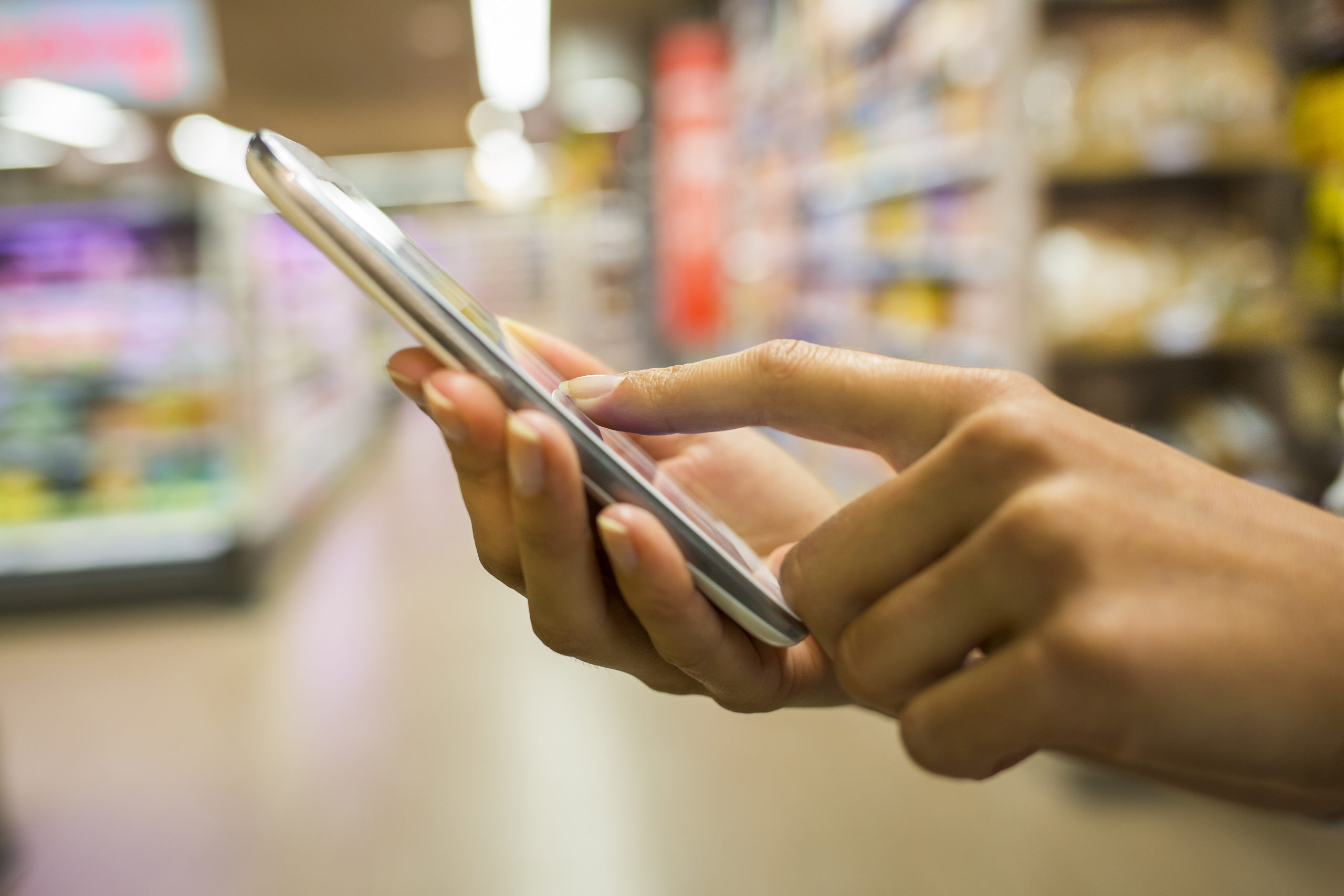
According to the IBM Retail Index, COVID-19 accelerated the shift to e-commerce by about 5 years.
The global pandemic transformed many aspects of consumers lives. But few as pronounced as how we shop. Within 32 months, COVID-19 went from pouring jet fuel on e-commerce to stoking pent-up demand for brick-and-mortar shopping, resulting in a new and dominant consumer behavior: the omnichannel shopper.
Before 2020, most brands and retailers had distinct lines between e-commerce and brick-and-mortar sales channels. Most shoppers were considered either an e-commerce shopper or a physical retail shopper, managed and tracked independently. We considered our broader consumer targets as mostly retail shoppers who also purchased online.
But the digital and e-commerce growth through the pandemic has given rise to a new form of shopper. One who may be more inclined to purchase online first, who is using e-commerce within retail stores, and is becoming less brand loyal and more price sensitive as they merge their physical and digital shopping into one view.
A customer journey no longer runs linearly, as consumers bounce between channels and start and stop their purchase journey across a long-tail of connected shopping and brand touch points. This is going to be a challenge for any marketer, if not a nightmare. But to start, developing an omnichannel brand begins with a new mindset:
“We can’t be using words like physical and digital. Because that’s not how the consumer thinks… consumers are looking for experiences that get them what they want, when they want it, and how they want it.”
– John Donahoe, CEO, Nike
To better understand the changing retail landscape and how this new shopping behavior is impacting the customer journey, SCS polled 750 US consumers in Q4 2022 to understand how they shop today.
We discovered that many consumers are fully entrenched in both e-commerce and brick-and-mortar shopping, and that their shopping habits are now threaded together:
- 93% are Amazon Prime fans: 73% subscribers, 11% plan to sign-up, 9% use someone else’s
- 55% of all surveyed would rather have something delivered to their home by Amazon tomorrow than go to the store and get it today
- 68% of people estimate that they spend 50% or more of their shopping online
- 54.3% have made their purchase decision online, then purchased at retail
- 45% use their phone while looking at physical products in-store to explore product details
- 40% spend time browsing brand websites for better prices while standing in a brick-and-mortar aisle
- 60.4% have used Buy Online Pickup In-Store
- 33.9% have returned items to the store they purchased online
A few of the verbatim responses from the survey:
- “I checked some physical stores before deciding to purchase online.”
- “I looked at the star rating, read reviews, and watched YouTube videos on the product.”
- “In Walmart and Kroger I use my iPhone to locate products and check prices.”
- “Went to a store, but decided to buy it online because it was cheaper.”
- “Go to multiple websites to compare prices and THEN decide where to get it.”
This universe of connected, omnichannel shopping is made even more complex by access to content, particularly from spheres of influence around the consumer who are within a mobile phone tap away and provide real-time feedback into the purchase decision:
- 39% seek out unbiased reviews and ratings, both from brand websites and sources like Consumer Reports and YouTube
- 21% call, text or chat via social media with friends to get their opinion on products they’re about to purchase
If you think about the impact of this on the shopping purchase journey, it’s far reaching. Never has there been a time when it’s been so critical for consistency and integration across brand and product touchpoints in so many communication channels at once.
There are a number of ways that marketers can attack this challenge. Indicators seem to show that the companies who are giving their consumers an inter-changeable purchase experience are generating demand and growth. Retailers like Amazon, Apple, AutoZone, Home Depot, Kroger, Sephora, and Walmart are winning in this environment, they have worked to balance retail experience AND e-commerce experience in tandem and have integrated across them strongly for the consumer.
Most companies today have initiatives advancing some form of omnichannel evolution. But it can be a mountainous, resource-intensive task to align channel teams, integrate technologies, and manage the volume of marketing management needs. SCS recommends five areas to consider in your planning for 2023:
- Audit the marketing technology stack and implement strong omnichannel tools for Where to Buy, Reviews, CRM, and more
- Audit product messaging and brand creative for consistency across website, PDPs, Amazon, retail POS, pricing, and packaging
- Audit organic and Paid Search and evaluate brand discoverability across all search channels – include TikTok, Instagram, Amazon, and retailer websites as brand and product searches expand beyond Google
- Re-evaluate the customer journey and outline the content and media strategy for each channel and consumer moment along the purchase path
- Innovate: Try new channels, technology, and creative approaches – Test & Learn
For both retailers and those that sell through them, these tactical steps can help move your brand closer towards the omnichannel shopper. Similar to how operational efficiency became a significant competitive advantage for Japanese companies in the 80s, omnichannel excellence can do the same for companies now.
There is a clear competitive advantage for brands that are easily discoverable online, whose product communication and pricing is consistent across all channels, and who can provide choice to the consumer to buy how and where they want.
These insights were first shared by SCS in a talk at Digital Summit Kansas City on November 9th. Download the Digital Summit Kansas City presentation deck.